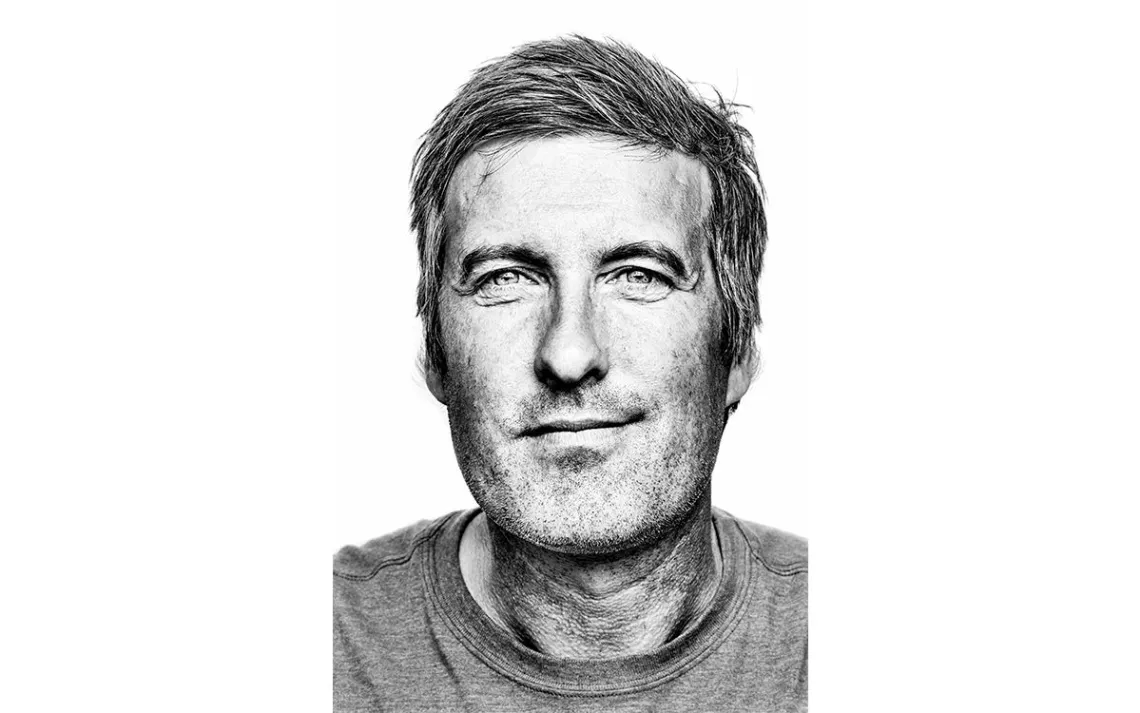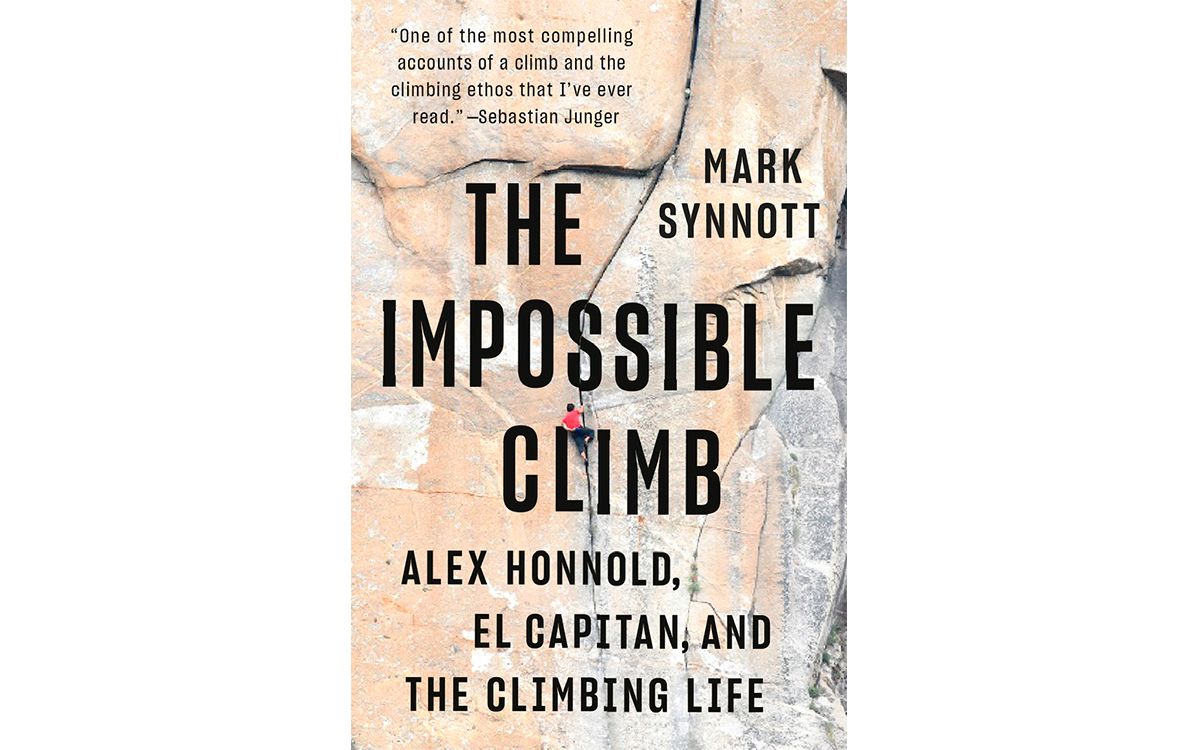Triumph, Fear in the Vertical Realm
Mark Synnott ponders rock climbing and its most famous risk-taking celebrity

Author Mark Synnott | Photo by Clayton Boyd
They’re obsessive, socially awkward, manic, daredevilish, competitive. The climbers, and especially free soloists (those who climb without ropes) in Mark Synnott’s The Impossible Climb: Alex Honnold, El Capitan, and the Climbing Life (Dutton, March 2019) operate on the fringes, regularly taking risks at which the rest of us would balk. Synnott focuses on famous climber Alex Honnold and his free solo of the Freerider route of Yosemite’s El Capitain—detailing Honnold's eccentricities, stories from his pre-fame past, and even results from MRI scans that show his brain’s diminished fear response—while also describing the history of climbing and autobiographical details from his own climbing life.
But Synnott also weighs in on a climbing culture that simultaneously glamorizes and shames risk-taking; that loves to brag but hates braggers; and that is struggling with the dangers and inauthenticity of media. “Millennials don’t know anything different, but those of us who climbed before the invention of the internet can remember a day when expedition climbers unplugged from the outside world,” Synnott writes. Professional climbers are now routinely contracted to post on Instagram and Twitter from big walls and high-altitudes camps, and Honnold’s successful climb became the Academy Award–winning documentary Free Solo. Clearly, Synnott worries that the constant exposure and self-promotion might be pushing climbers to go beyond their boundaries of safety.
At times, The Impossible Climb suffers from hypermasculinity. Synnott portrays few female climbers and sometimes refers to male climbers as “hardmen.” Women who do appear are often nameless “girlfriends.” He also tugs the reader between eras, characters, and stories in a way that can feel disjointed. But the journey is interesting, and readers are certain to come away with a better appreciation of the nuances of fear in high-risk sports and what it means to push the limits of human ability.

 The Magazine of The Sierra Club
The Magazine of The Sierra Club



